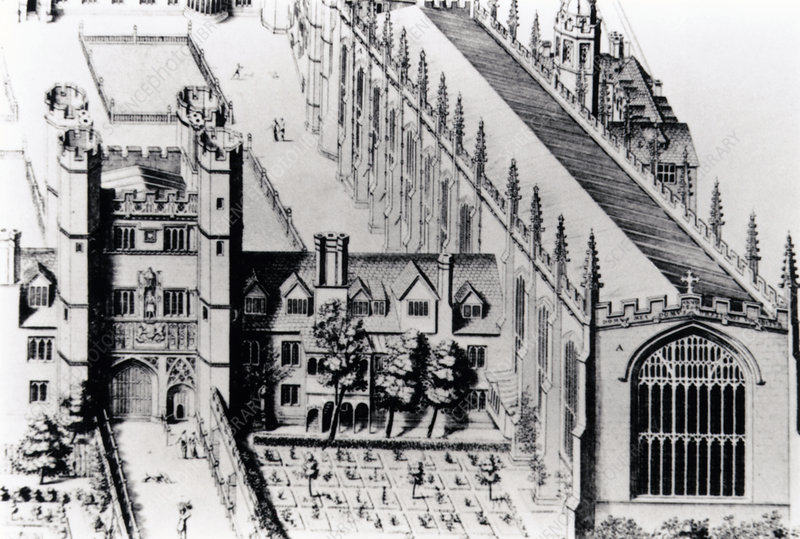Some time back, it seemed that several times a year someone would post an article or a blog post on the Internet along the lines of, “Shock! Horror! Outrage! did you know that Isaac Newton was a practicing alchemist?” All the historians of science, who know their Newton, would shrug their shoulders, and quietly repeat, actually we have known about this for a long time. It is quite interesting to look at how the views of Newton the alchemist have changed over time, but first a little bit of general background on his alchemical activities.
There are two more or less popular takes from people who have never bothered to investigate the topic. There are those, who claim that Newton merely dabbled a bit in alchemy, so historian shouldn’t take it seriously. Others claim that Newton first took up alchemy in his dotage, after his scientific career was over, an old man’s foible. Both of these are fundamentally wrong.
Newton was a dedicated student and practitioner of alchemy for thirty years from 1666 to 1696, massively reducing his engagement when he moved to London. He had a shed built in the gardens of Trinity College, which he used as his alchemical laboratory for six weeks before the start of winter and six weeks at the end of winter every year.
 at Trinity College, Cambridge. His rooms were on the first floor between the Great Gate and the Chapel. The small room projecting from the Chapel was probably his alchemical laboratory. Newton spent nearly 40 years at Trinity College, first as undergraduate, and then as Lucasian Professor of Mathematics. It was here that he wrote his most influential scientific work: “Principia Mathematica”, which describes his three laws of motion. From these laws he deduced the law of universal gravitation. Newton also invented the mathematics of calculus; and theories on mechanics and optics.</p>
<p> ” data-medium-file=”https://wolfscientific.com/wp-content/uploads/2021/12/christmas-trilogy-2021-part-1-the-evolving-views-of-the-last-of-the-magicians-9.jpg?w=300″ data-large-file=”https://wolfscientific.com/wp-content/uploads/2021/12/christmas-trilogy-2021-part-1-the-evolving-views-of-the-last-of-the-magicians-9.jpg?w=500″ src=”https://wolfscientific.com/wp-content/uploads/2021/12/christmas-trilogy-2021-part-1-the-evolving-views-of-the-last-of-the-magicians.jpg” alt class=”wp-image-8231″ srcset=”https://wolfscientific.com/wp-content/uploads/2021/12/christmas-trilogy-2021-part-1-the-evolving-views-of-the-last-of-the-magicians-9.jpg 800w, https://wolfscientific.com/wp-content/uploads/2021/12/christmas-trilogy-2021-part-1-the-evolving-views-of-the-last-of-the-magicians-9.jpg?w=150 150w, https://wolfscientific.com/wp-content/uploads/2021/12/christmas-trilogy-2021-part-1-the-evolving-views-of-the-last-of-the-magicians-9.jpg?w=300 300w, https://wolfscientific.com/wp-content/uploads/2021/12/christmas-trilogy-2021-part-1-the-evolving-views-of-the-last-of-the-magicians-9.jpg?w=768 768w” sizes=”(max-width: 800px) 100vw, 800px”></a><figcaption>Isaac Newton’s rooms. View of the rooms occupied by Sir Isaac Newton (1642-1727) at Trinity College, Cambridge. His rooms were on the first floor between the Great Gate and the Chapel. The small room projecting from the Chapel was probably his alchemical laboratory. <a href=) Source:
Source: This is of course the same period in which he did all of his ground-breaking work in mathematics, astronomy, physics, and optics. In these decades, he also did extensive work on theology and historical chronology. I sometimes get the impression that he never slept.
He accumulated a substantial library of books on alchemy, as well of hermeticism, at least 170 titles. There are quite literally reams of his writings on alchemy, a total of over one million words! He took notes on his readings and even copied out pages of some alchemical texts. Apparently, Newton seldom made annotations in the books that he owned but he heavily annotated two of his alchemical volumes, Eyraeneus Philaletha Cosmopolita, aka George Starkey’s Secrets Reveal’d and Lazarus Zetzner’s Theatrum chemicum.[1]
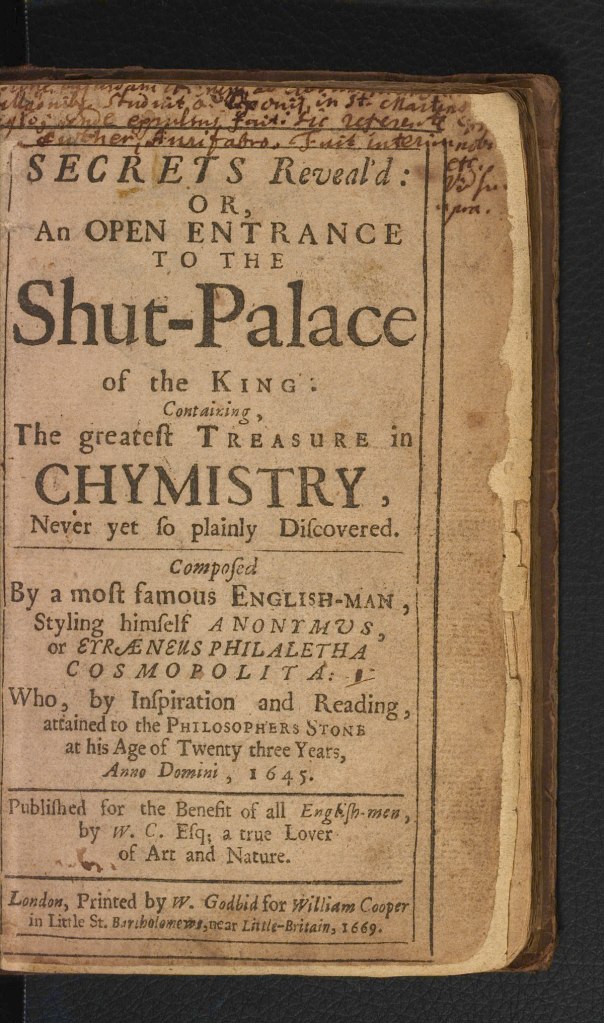
From his readings, Newton complied lexica of alchemical symbols and veiled terms in an attempt to decode the texts he was consuming. It is very obvious that Newton’s engagement was very serious and on a very large scale.
So, how did his contemporaries react to Newton’s alchemical activities? The straightforward answer is they didn’t because they didn’t know about them. Newton stuck to, what might be termed, the alchemists’ honour code that is only to communicate about his alchemical activities with other adepts and even then, in veiled terms. He even once rebuked Robert Boyle, a fellow practitioner, for publishing an article on alchemy.
When Newton died, his papers passed into the possession of his half-niece Catherine Barton and her husband John Conduitt. When they died the papers passed into the possession of their only daughter Catherine, who was born in 1721. In 1740, Catherine married John Wallop, Viscount Lymington, the eldest son of the Earl of Portsmouth. Catherine’s son John Wallop inherited the title from his grandfather in 1762. John Wallop senior had died in 1742. Newton’s papers, now in possession of the Portsmouth family were stored in a trunk and basically forgotten about for about for more than a century.
In 1872, Isaac Newton Wallop[2], 5th Earl of Portsmouth donated Newton’s papers to Trinity College both his and Newton’s alma mater.
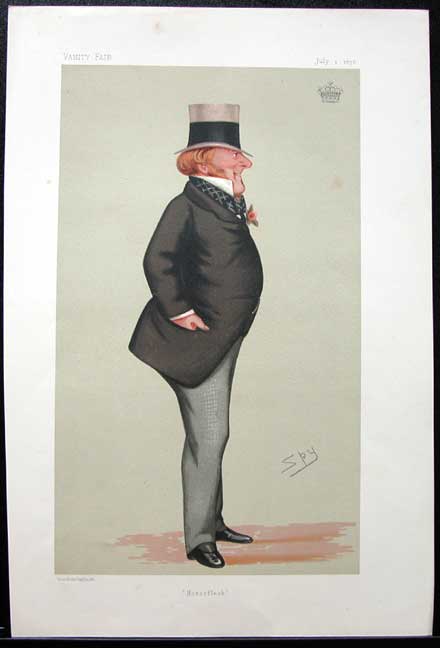
A committee chaired by the astronomer John Couch Adams and the physicist George Stokes was set up to review the papers. In a process that lasted sixteen years, this committee only selected Newton’s mathematical and scientific papers rejecting the rest to protect the reputation of their scientific hero. The bulk of the papers were returned to the Portsmouth family. One could describe this action as, “if we ignore Newton’s alchemical, theological, and chronological activities, then we can pretend they never took place”.
This committee’s behaviour was not the only negative reaction to Newton’s alchemical activities during the nineteenth century. In 1831, the Scottish physicist, David Brewster (1781–1868),
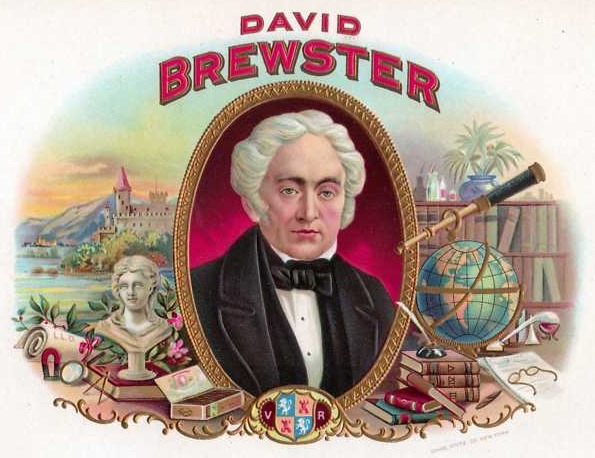
nowadays best known in popular culture as the inventor of the kaleidoscope, published a hagiographical biography of his personal hero Isaac Newton, The Life of Sir Isaac Newton (J. Murry, 1831), as a reaction to the, as he saw it, denigrating biography written by the French astronomer, physicist, and mathematician, Jean-Baptiste Biot (1774–1862) and published in 1822. During the research for his biography, Brewster was mortified when he discovered that his hero had dabbled in alchemy, he wrote:
There is no problem of more difficult solution than that which relates to a belief in alchemy … by men of high character and lofty attainments.
He further argued that Newton was of “a peculiar bent of mind”, the same mind that was otherwise “of such a power and so nobly occupied with the abstraction of geometry.”
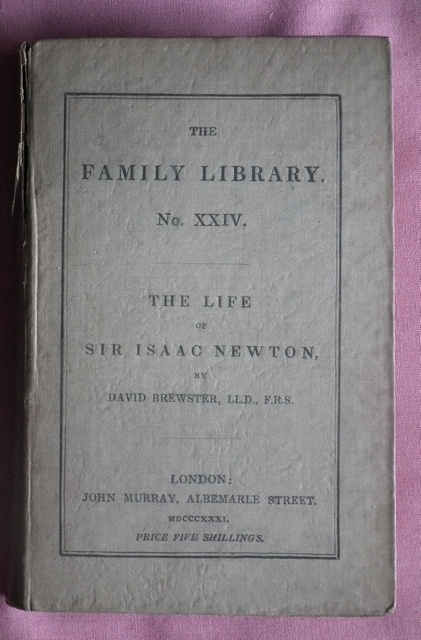
Brewster also refused to believe that Newton was a unitarian, stating that he was upright, orthodox, church-going Anglican. This led to a dispute with Augustus De Morgan (1806–1871, himself a unitarian, who vigorously defended Newton’s Unitarianism. Newton, in fact, devoted a lot of time and effort trying to prove that the Catholic Church had falsified the Bible to create the Trinitarian doctrine[3].
In 1936, the Portsmouth family sold of the baulk of Newton’s papers by public auction. An act that brings tears to the eyes of every dedicated historian of science. Fortunately, the economist John Maynard Keynes (1883–1946), a true Cambridge man born so to speak, into the university, his father was a Cambridge lecturer, bought up a large chunk of Newton’s papers, also acquiring other papers from other buyers after the auction and donated them to King’s College Library.
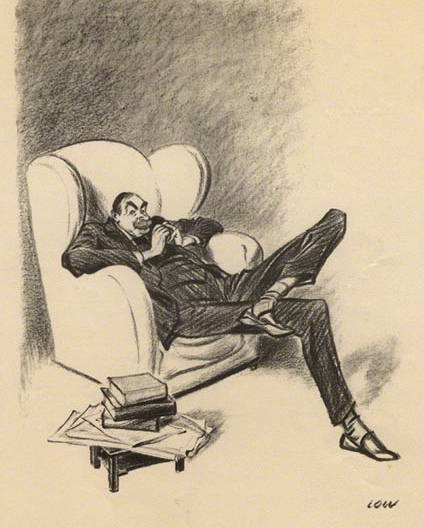
He read through the documents that he had acquired and like Brewster was disappoint that his hero was a practicing alchemist and baptised him, in an essay, “the last of the magicians”, hence the title of this post. He also wrote “the last wonder child to whom the Magi could do sincere and appropriate homage.” Like Brewster he couldn’t understand why Newton would engage in something “wholly devoid of scientific value” and viewing Newton’s obsession as an aberration stated, “geniuses are very peculiar.”
In the late 1950s, two professional historians of science, Rupert Hall (1920–2009) and Marie Boas (1919–2009), began to examine the Portsmouth papers and came up with a, for professionals, peculiar reaction, in that they simply denied that Newton had practiced alchemy. For Hall and Boas, it was unthinkable that the scientist Newton would indulge in anything so unscientific as alchemy, what he was doing was legitimate chemistry and be merely consulted alchemical texts for their descriptions of laboratory methods. Well after all, nearly all the standard laboratory analytical practices in chemistry were devised/discovered/created/invented by alchemists. To be fair to Hall and Boas, Newton did in fact use the knowledge of chemical analysis that he had acquired through his alchemical activities to devise new, improved methods for assaying metals, when working at the Royal Mint. It was also Hall and Boas, who insisted that Newton’s “chemical activities” took place after he had effectively stopped producing real science and mathematics. The old man dabbling. I think the most charitable thing one can say about Hall and Boas’ efforts is, there are none so blind as those that will not see.
The Big Bang in research into Newton’s alchemy can be dated to the publication of The Foundations of Newton’s Alchemy, or the Hunting of the Green Lyon by Betty Jo Teeter Dobbs (1930–1994) in 1975 by CUP.
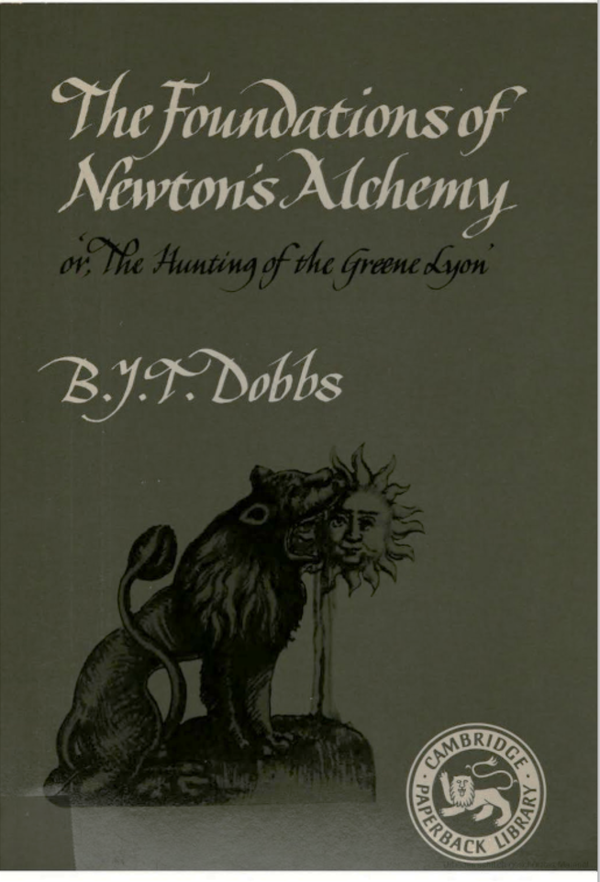
Here was a full-length monograph that dealt with Newton’s alchemy, as alchemy, in great depth and detail. No denial, no repulsion, just a highly readable but seriously academic analysis of the alchemical activities of the good Isaac, without value judgement. It was through this book that I first became aware of Newton the alchemist and the book also changed my attitude to the so-called occult sciences. Like most people of my generation, these were not science and so were not of interest to an apprentice historian of science. These days I spend at least as much time and effort defending the study of the occult science, as I do the “real” sciences.
Dobbs wrote several more books on Newton’s alchemy and how it fitted, in her opinion, into the rest of his activities, both scientific and theological. Important in the acceptance of her work was the active support that she and her theories received from Richard Westfall (1924–1996), author of the, up till now, best biography of Newton, Never at Rest CUP, 1980). As well as establishing beyond any reasonable doubt that Newton was a serious alchemist, Dobbs developed a theory based on her interpretation of the evidence that Newton had adopted the concept of action at a distance, against the prevailing mechanical philosophy leading to severe criticism from Leibniz and the Cartesians, from his alchemical research. This theory found a lot of general acceptance and up till recently, I too accepted it.
In 1988, Oxford University Press published a reader Let Newton Be! A new perspective on his life and works, with essays on all aspects of his work including his occult activities. Two of the essays Newton, matter, and magic by John Henry and The secret life of an alchemist by Jan Golinski accept and deal with Newton’s alchemy as a normal part of his intellectual makeup. Both accept Dobbs’ hypothesis that Newton’s concept of force derived from concepts of occult power.
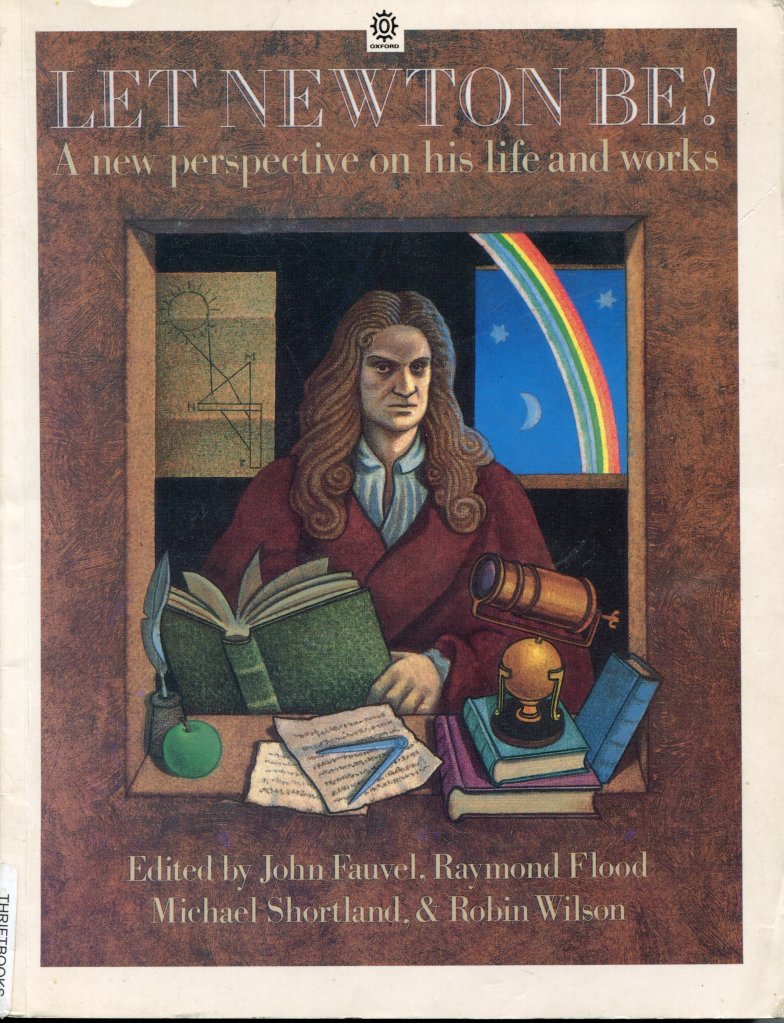
In 2016, Cambridge University Press published the second edition of their Newton reader, The Cambridge Companion to Newton, which contains an essay from William R. Newman, one of a group of prominent historians of alchemy, who in recent years have completely rewritten the history of the topic. In his essay, A preliminary reassessment of Newton’s alchemy, Newman effectively demolishes the Dobbs theory showing that it doesn’t work. Instead, he proposes a new theory that Newton’s alchemical studies influenced his optic investigations in the late 1660s.
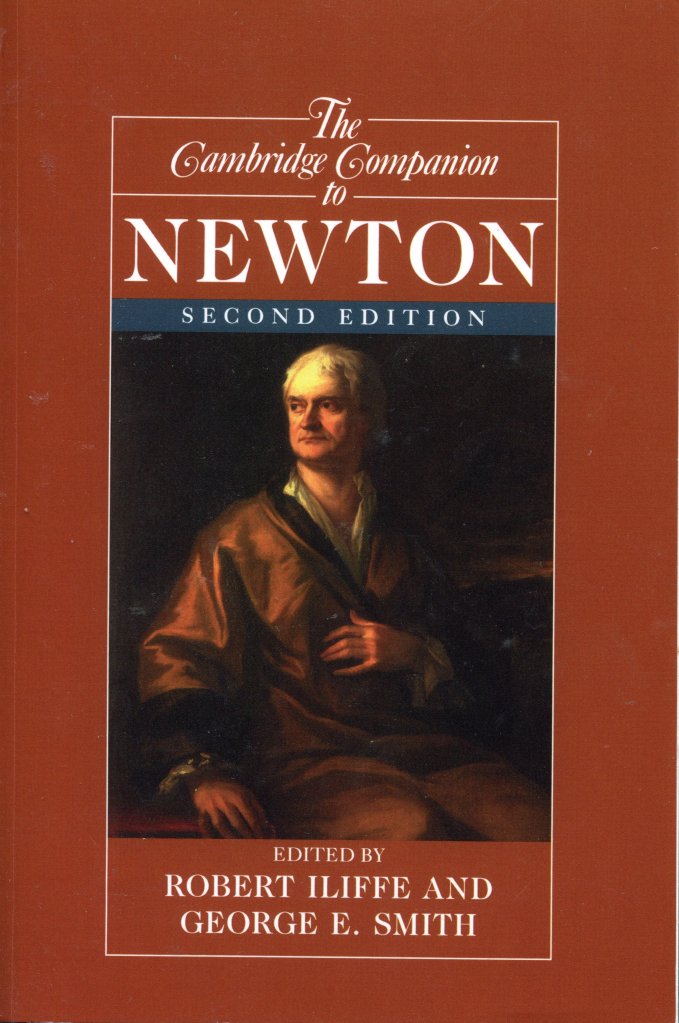
Newman was working on an in-depth study and analysis of Newton’s alchemy, which appeared as a book in 2018, Newton the Alchemist: Science, Enigma, and the Quest for Nature’s “Secret Fire” (Princeton University Press).
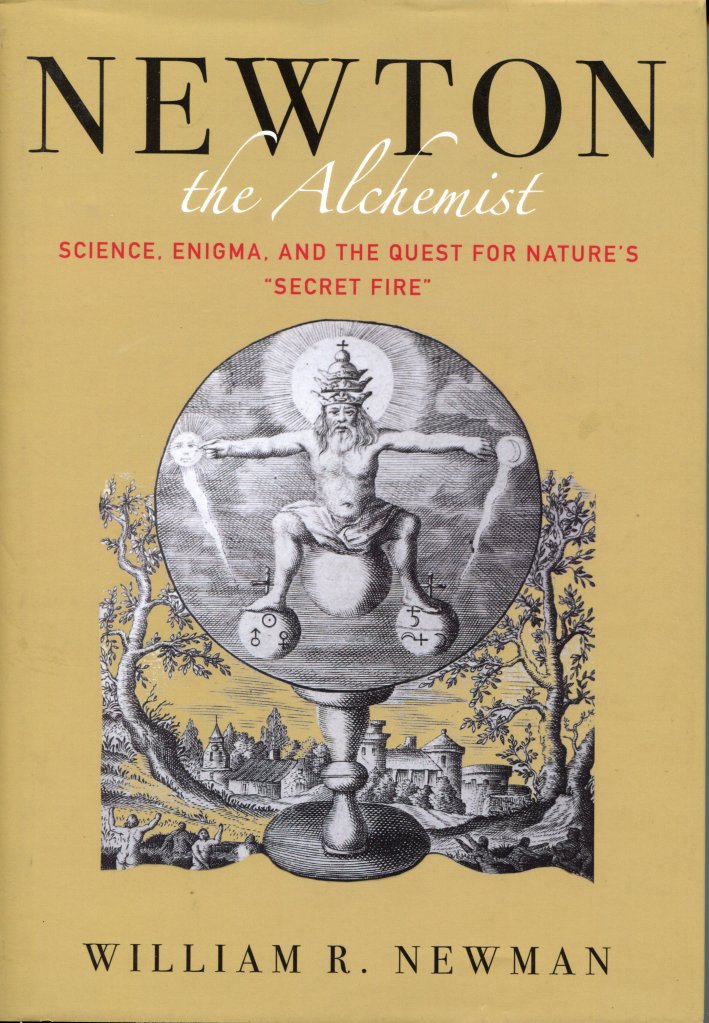
This will certainly prove to be the definitive account of Newton’s alchemy for the next years and my copy is somewhere near the top of my to read list, I hope to delve not to far in the future.
Over the centuries the reactions to Newton the alchemist have gone from ignorance, we didn’t know he was one, to abhorrence and bewilderment, to if we ignore it it doesn’t exist, to acceptance and serious historical analysis.
[1] I owe this snippet of information to Cornelius J. Schilt’s excellent Isaac Newton and the Study of Chronology: Prophecy, History, and Method (Amsterdam University Press, 2021) p. 96. The book is my current bedtime reading and a review will follow sometime next year.
[2] Yes, that really is his name!
[3] For an excellent analysis of the 19th century Newton biographies I heartily recommend Rebekah Higgitt’s Recreating Newton: Newtonian Biography and the Making of Nineteenth-Century History of Science (Pickering & Chatto, 207), which I reviewed here
